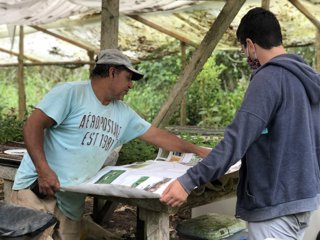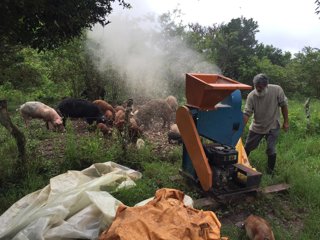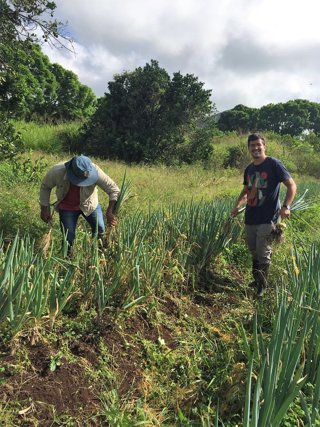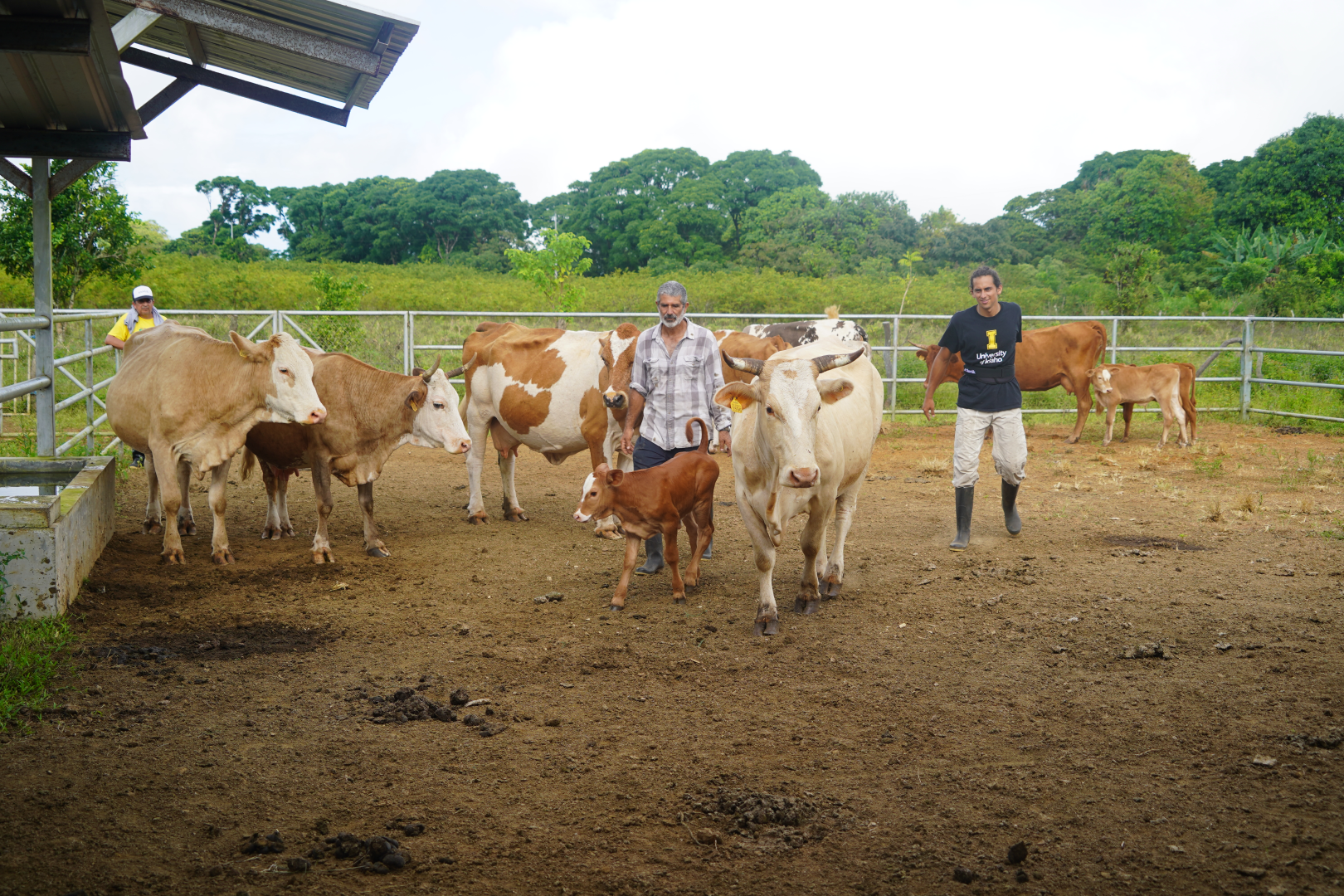People around the world are already experiencing the effects of climate change, but we still know very little about how this is perceived, comprehended, or acted upon. Julio Rodríguez Stimson’s research on the Galapagos Islands started as an attempt to localise and materialise climate change ethnographically, but ended up looking at how farmers are coping with multiple interlinking challenges, such as climate change, the COVID-19 pandemic, invasive species, political abandonment, and restrictions imposed by the national park. We caught up with Julio to find out more about his research.
What was the background and wider context of your research?
Over the last few decades ‘climate change’ has become a concept which appears prominently in the news. Although natural disasters are often linked to climate change, anthropologists are currently working around the world on ‘climate ethnographies’ to try to understand how humans are experiencing climate change from the bottom-up, rather than relying solely on climate models.
As an Ecuadorian citizen who has lived in Galapagos for two and a half years, including my year of fieldwork during the pandemic, having a pre-existing network and knowledge of pre-COVID-19 Galapagos was extremely useful for conducting the investigation. Despite many challenges related to the pandemic, I managed to interview nearly 200 participants, live on three farms to conduct participant observation, and take into account farmers’ viewpoints from all four inhabited islands.
What questions did you set out to answer?
To begin with, my research questions were:
-
How do different social groups inhabiting the archipelago culturally translate, perceive, and respond to the concept of ‘climate change’ and its biophysical manifestations?
-
What other environmental changes are perceived by locals and what do they believe are the causes and consequences?
-
How do different social groups communicate with each other about environmental phenomena, what is their relationship to ‘nature’, and what are areas of disagreement?
-
What are some of the human-wildlife conflicts linked to climate change and what can be done to mitigate them?
-
How are the impacts of El Niño (ENSO) remembered and is it considered a future threat?
However, as my participants seemed more interested talking about the pandemic, incompetent politicians, the economic downturn, invasive species, immigration, and the challenges of living with restrictions imposed to conserve the archipelago, my new overarching question is:
What challenges do Galapaguenian farmers currently face, how does climate change fit within their interrelated worries, and what should be done to tackle these problems?

A hydroponic farmer explaining his plans to expand production.
What were the key issues surrounding the impact and experience of climate change you found during your research?
Most farmers seem marginally interested and informed about climate change as a concept, but are extremely worried about the perceived changes in the climate. While a direct connection between fossil fuels and the greenhouse effect are not often made, farmers have perceived many changes in the environment, some of which are connected to the climate. Farmers state that the seasons are no longer predictable, the hot season is hotter and the cold season is colder, and that it has rained much less over the last two decades. This latter point is of interest, because it defies prior climate models which predicted Galapagos to have increased precipitation in the future. Farmers also use observations of bird behaviour or the presence of endemic snails as bioindicators of climatic changes.
What examples of climate action and adaptation did you find?
After a severe drought in 2016, farmers are very concerned about a future drought and have been collecting water in cisterns and geomembranes. Local NGOs and the Ministry of Agriculture have also been supporting them with greenhouses, geomembranes and other supplies to be more resilient if water becomes scarce. Nevertheless, people complain that these benefits are distributed unequally amongst the farmers. Additionally, invasive species are one of the principal worries and have led to profuse use of pesticides, unlike the olden days when people could plant more organically.
Surprisingly, almost everyone I encountered in Galapagos seemed to be a jack-of-all-trades, having multiple jobs and income sources. Farmers often worked in the tourism industry or also were public servants. This makes them more resilient during the economic downturn of the pandemic. However, many people are currently struggling and it is evident that the government needs to work a lot harder to make the archipelago more resilient to future crises, whether in healthcare or climate.

Grinding corn, Floreana Island.
Do you have a highlight from your fieldwork?
Milking cows, herding goats, and collecting endemic Galapagos cherry tomatoes are some of the perks of living on a farm. Whenever not on a farm, there is the great joy that comes from being close to Galapagos’ endemic animals, such as sea lions, finches and marine iguanas, which all wander around the port towns of the archipelago.
What did you take away from your fieldwork and how will you use this going forward?
I have learned to persevere in my research even with COVID-19 challenges and I believe the experience will be beneficial in making me a well-trained academic in the future.

Harvesting onions on Floreana Island.
Read more about Julio’s research in his post for Geography Directions: Striving for Coexistence: Is Galapagos Goat Cheese the Solution? and his article for Weather Matters: Coping with Uncertain Times: Farmers, the Pandemic, and Climate Change in Galapagos.
*The content above is based on preliminary insights from fieldnotes and hundreds of hours of interviews. Hence, the views published here may be subject to change.
Julio’s research was supported by the Frederick Soddy Postgraduate Award.


